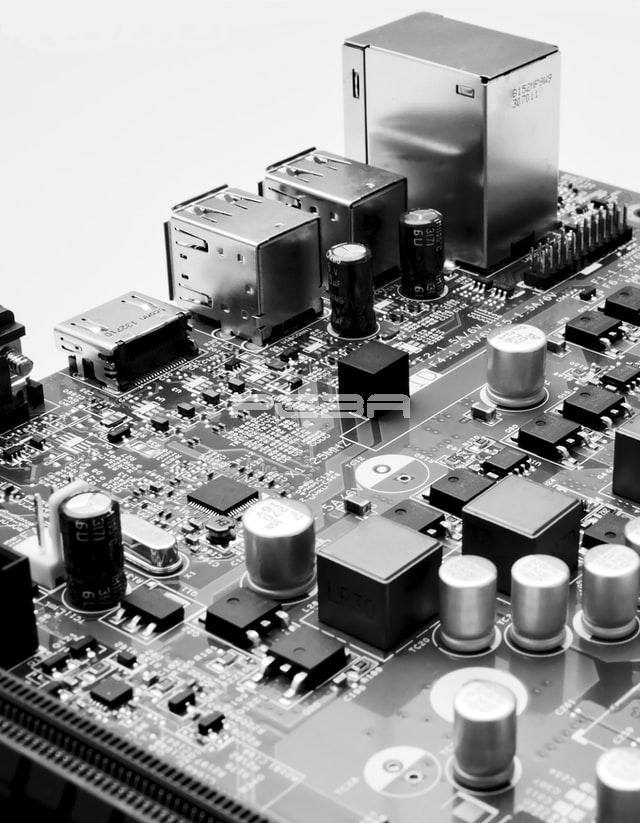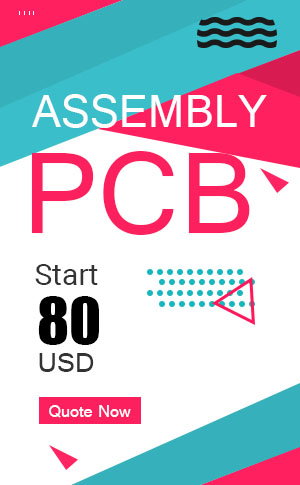General, quoting & support.
Add: Building E, No.58, Nanchang Road, Xixiang , Baoan District Shenzhen City, Guangdong, China
Tel : 0755-27348887
Fax : 0755-27349876
E-mail : svc@pcbastore.com
2021 Detail Guide About Ceramic Substrates
Simon / 2021-06-15
Contents [hide]
What is a ceramic substrate?
A ceramic substrate is a type of material used in the production of electronic components. Ceramic substrates are typically made from alumina, zirconia, or mullite and can be found in different forms such as thin films, sheets, wafers, and more. In addition, other types have their own characteristics that make them suitable for specific applications. This article will discuss the various types of ceramic substrates and their characteristics. This way, you'll be able to decide which one fits your specific PCB requirements.

Ceramic substrates are used in several industries such as:
oceramic coating
osemiconductors
osolar cells
ooptical devices
Ceramic substrates are also known as ceramic wafers. They come in many different types, which have their own characteristics and applications. This article will cover the basics of ceramic substrates, what they are, and how they can be used to help your business.
Types of Ceramic Substrates
There are several types of ceramic substrates, although two types appear more prominently than the rest. The two main types are:
oAluminum oxide (Al2O30)
oAluminum nitride (AlN)
Generally, the aluminum oxide ceramic substrate appears white in color. It also has a thermal conductivity in the range of 24 W/m.k to 30 W/m.k.
On the other hand, aluminum nitride has a much higher thermal conductivity, ranging between 275W/m.k and 320W/M.K. This PCB substrate is brown in color.
Apart from the above two major categories, ceramic substrates can be grouped in broader categories depending on:
oThe material used
oManufacturing process involved
We shall look at both criteria and the types of substrates that fall under each.
a)According to the material used
This classification features the most prominent types of PCB substrate as described above and one more variant.
1. Aluminum oxide (Al2O3)
This is the most common substrate material you'll find in today's printed circuit boards. It boasts an excellent balance of thermal and electrical conductivity when compared to other oxide substrates. This alumina substrate is also reputed for better mechanical strength and chemical stability and is readily available. These properties make it the ideal option for technical manufacturing, especially where various shapes have to be considered.
2. Aluminum nitride (AlN)
From the thermal conductivity values stated above, it's easy to deduce the superiority of aluminum nitride regarding the manufacture of ceramic substrates. Although there is usually a thin oxide layer that forms on the surface, aluminum nitride remains a superior thermal conductor.
Manufacturers make their way around the oxide layer formation by producing the materials under tightly controlled processes to maintain a good consistency. This results in a high price associated with the substrate. This high cost seems to be the major setback, but the recent advancements in technology promise to cut down production costs.
Apart from the high thermal conductivity, this substrate has an expansion coefficient close to that of silicon (Si).
Alumina substrates remain the rulers in microelectronics and power module manufacture for the above reasons.
3. Beryllium oxide (BeO)
This substrate is widely applied where high thermal conductivity is required. Essentially, its thermal conductivity is above that of metallic aluminum. Unfortunately, alongside a reducing thermal conductivity at temperatures beyond 300c, BeO is highly toxic. These factors limit its application to just a few.
b)According to the manufacturing process
Several substrates can be produced with different production techniques. Such substrates include:
1. High-Temperature Co-Fired Ceramic (HTCC)
Also known as high temperature co-fired multilayer ceramic, the HTCC involves drying and hardening the ceramic powder at high temperatures, typically between 1300-1600C.
The high-temperature requirement for co-firing tends to limit the metal conductor materials to just a few. High melting point metals that may be used include tungsten, manganese, and molybdenum, among others.
2. Low-Temperature Co-Fired Ceramic (LTCC)
Unlike HTCC, this method requires mixing inorganic alumina powder with between 30-50% glass with an organic binder. The resultant slurry is then scrapped into a sheet to form a thin green embryo once dried. Holes are then drilled through the layer to create signal transmission channels for each layer. The holes are then filled through screen printing, which also prints circuits on the green embryo layers. The common materials used for the internal and external electrodes are gold, copper, and silver.
After printing, the board is then sintered in a furnace at between 850 and 900C.
3. Direct Bonded Copper (DBC)
In this method, a eutectic solution of copper containing oxygen is used to deposit a layer of copper on the ceramic material. When the right proportion of oxygen in the eutectic solution is subjected to a temperature of between 1065 and 1083C, a copper deposit is formed on the ceramic. This deposit usually results from the ceramic reacting with the eutectic liquid to form Copper-Aluminum oxide (CuAlO2, or CuAl2O4).
4. Direct Plate Copper (DPC)
ALSO KNOWN AS DIRECT COPPER-PLATED SUBSTRATE, DPC method employs professional film manufacturing technology-vacuum technique. The ceramic material is first cleaned and then bonded with a copper composite layer. The structure is then re-exposed and developed with yellow light lithography before etching. After the film is removed, the circuit thickness is electroplated to increase it. The photoresist can then be removed to reveal the completed circuit.
5. Laser Activation Metallization (LAM)
As the name suggests, this technique employs high-power laser beams to ionize metal and ceramic. The process results in the metal and the ceramic growing and bonding together firmly. This process results in high-quality boards that have superior characteristics such as:
High thermal conductivity
Consistent coefficient of thermal expansion
Better insulation
High-temperature endurance
Lower electrical resistance
Less organic impurities
No oxide layer formation
Possible 3-dimensional substrate and wiring
High-density assembly with lower losses in the frequency
A customizable conductor thickness
Characteristics of ceramic substrates
Generally, ceramic substrates have desirable characteristics. These include:
Improved thermal conductivity and reduced thermal resistance. These aspects help increase the efficiency and lifespan of chips.
Better thermal dissipation and mechanical strength. This reduces the chance of destruction by heat or bending.
Thermal expansion coefficient close to that of silicon. This means that uniform expansion of the substrate and silicon reduces stress within the chip.
Higher electrical conductivity. The chips will consume less energy.
Higher purity level as the materials are free from contaminants such as lead and mercury.
Conclusion
Ceramic substrates are clearly essential to today's semiconductors industry. The various processes used to produce these substrates can adapt to almost any requirement. As the technology keeps advancing, we should expect a higher level of precision during manufacture.
Previous article:2021 Detail Guide for Bluetooth Circuit







